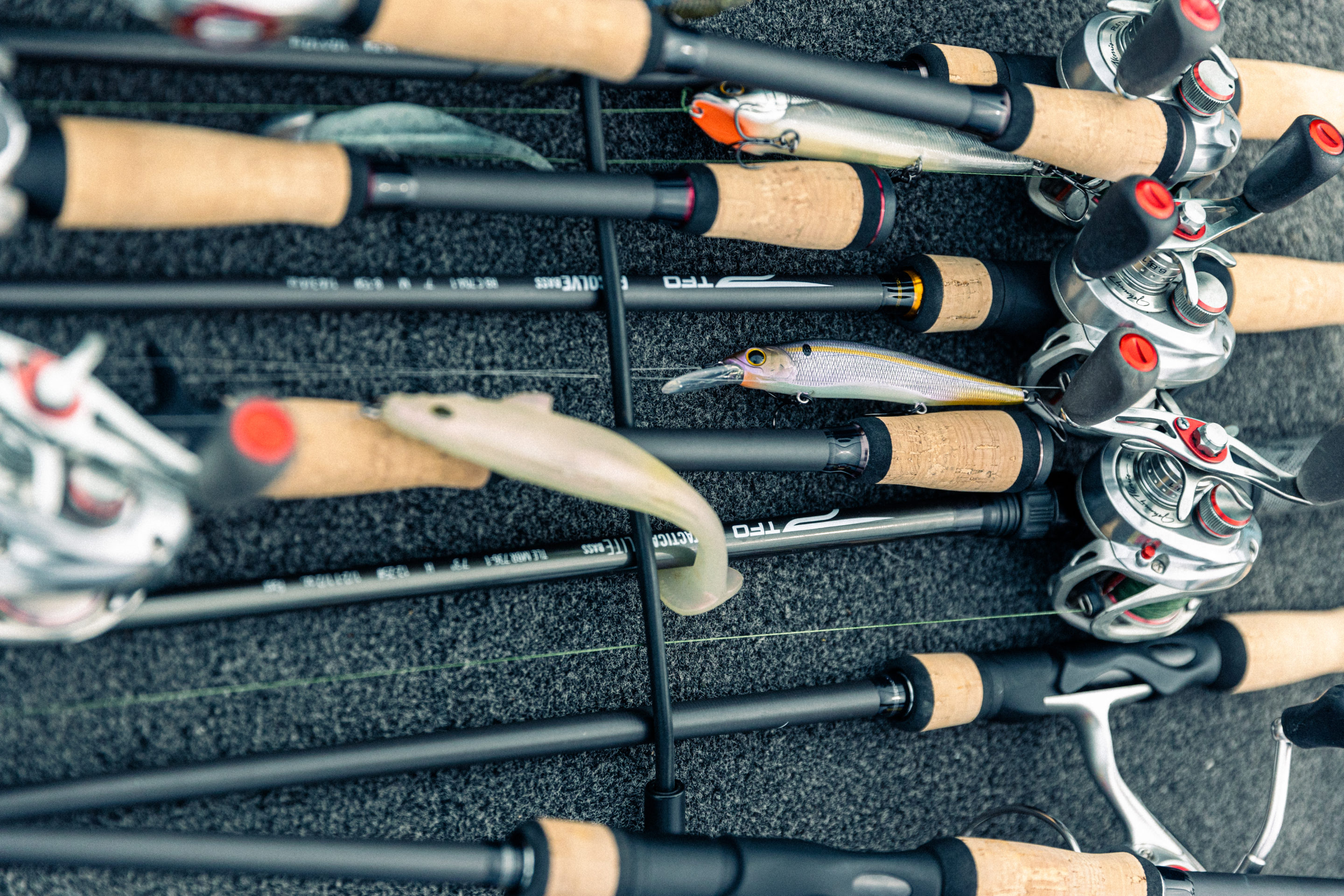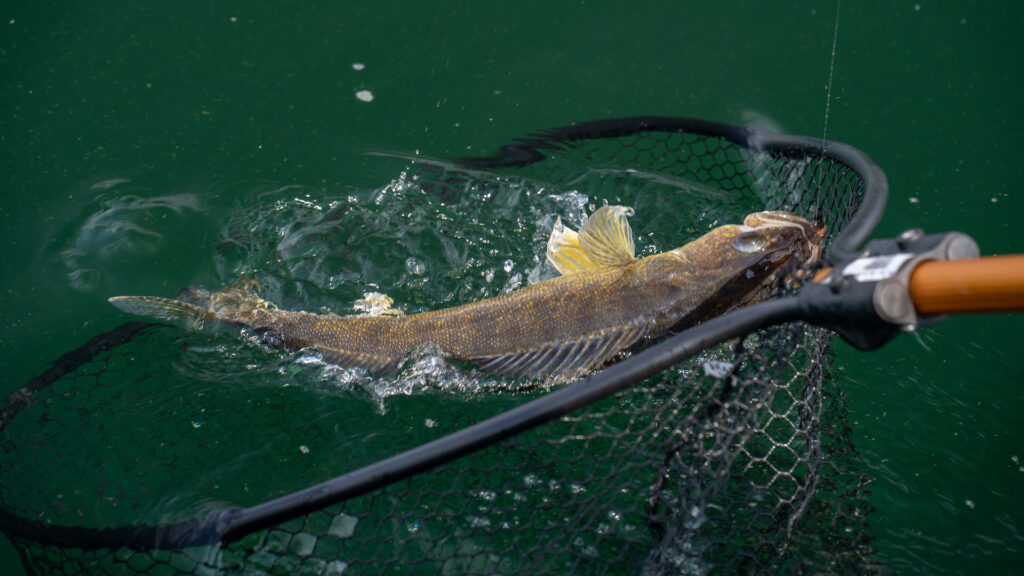Understanding the difference between a rod’s “power” and “action” can make a dramatic difference in the way you fish and shop for rods. Knowing why each tool works in a particular way will help you better utilize the tools you already own, as well as determine which tools you need going forward.
Rod Actions
This describes where the rod bends when pressure or weight is applied to the rod.
A fast action rod will bend in the top third or less of the blank, a medium or moderate action rod will bend in the top half or so, and a slow action rod will bend starting in the lower third of the rod and into the handle.
Action, simply put, is where a rod bends.
Rod Action Visualization Chart

Rod Power
Power describes a rod’s resistance to bending under a given amount of weight.
Power generally refers to a rod’s stiffness or resistance to bending and is usually defined in terms like ultra-light, light, medium, etc. With TFO rods, we utilize a color-coded Power ID chart to help distinguish one rod from another.
When choosing a rod for a specific job, length is easy to determine. Once you have determined the proper action, the next step is the rod’s power. We’ve made identifying a rod’s power easy with our Color ID System. A quick glance at the butt section will ensure you pick up the right rod when you need it. The Color ID System is utilized in the Professional Series, Tactical Bass, and Resolve Bass Series.
Rod Power Coding


The Resolve Bass series also incorporates color coded accents near the handles and butt caps for a quick visual rod power ID.
UL(1): Ultra Light powered rods are ideal for the most subtle presentations, ultra-light test lines and light lures. Ultra Light rods are ideal with light lures (1/32 to 3/8 oz) to load quickly and efficiently. These are standard rods in the panfish, crappie and small trout game.
L(2): These rods are a slight bump up in power and are ideal with lures in the 1/16-ounce range. Because of its softer feel, this rod will allow for proper hook sets for light-biting species. These rods are great for panfish, walleye, and trout.
ML(3): The Medium Light power is the perfect tool for lures in the 1/8- to 1/2-ounce range with applications in both fresh and saltwater. These rods stiffen up quicker and allow for quicker hook sets with jigs and soft plastics for medium fresh and saltwater fish.
M(4): The Medium power accommodates a variety of rod lure ratings (1/4 to 3/4 oz). From throwing spinnerbaits in freshwater to popping corks in the salt, Medium-stiffness rods aid in proper hook sets. Ideal for the occasional angler to the seasoned guide.
MH(5): Where Medium Power stops, the Medium- Heavy power starts. It’s the most common rod on the decks of most bass boats. Stiff enough to fish jig and wide gap hooks, but easy enough to load the tip for tight work skipping docks or fishing soft plastics.
H(6): A stiffer rod, able to handle lures in the 3/8- to 1-ounce range, ideal for heavier football jigs and lures, and deep structure fishing.
XH(7): The stiffest rod in the lineup. This rod is capable of effectively loading extremely quick hook sets. This rod is best fished with lures in the 1/2- to 2-ounce range.
Magnum (MAG) Power Coding
Magnum Power actions are two times heavier than their corresponding power. If a rod was a Magnum Medium or “4,” on our scale, it would be equivalent to a “6,” or a heavy action.

![]()






